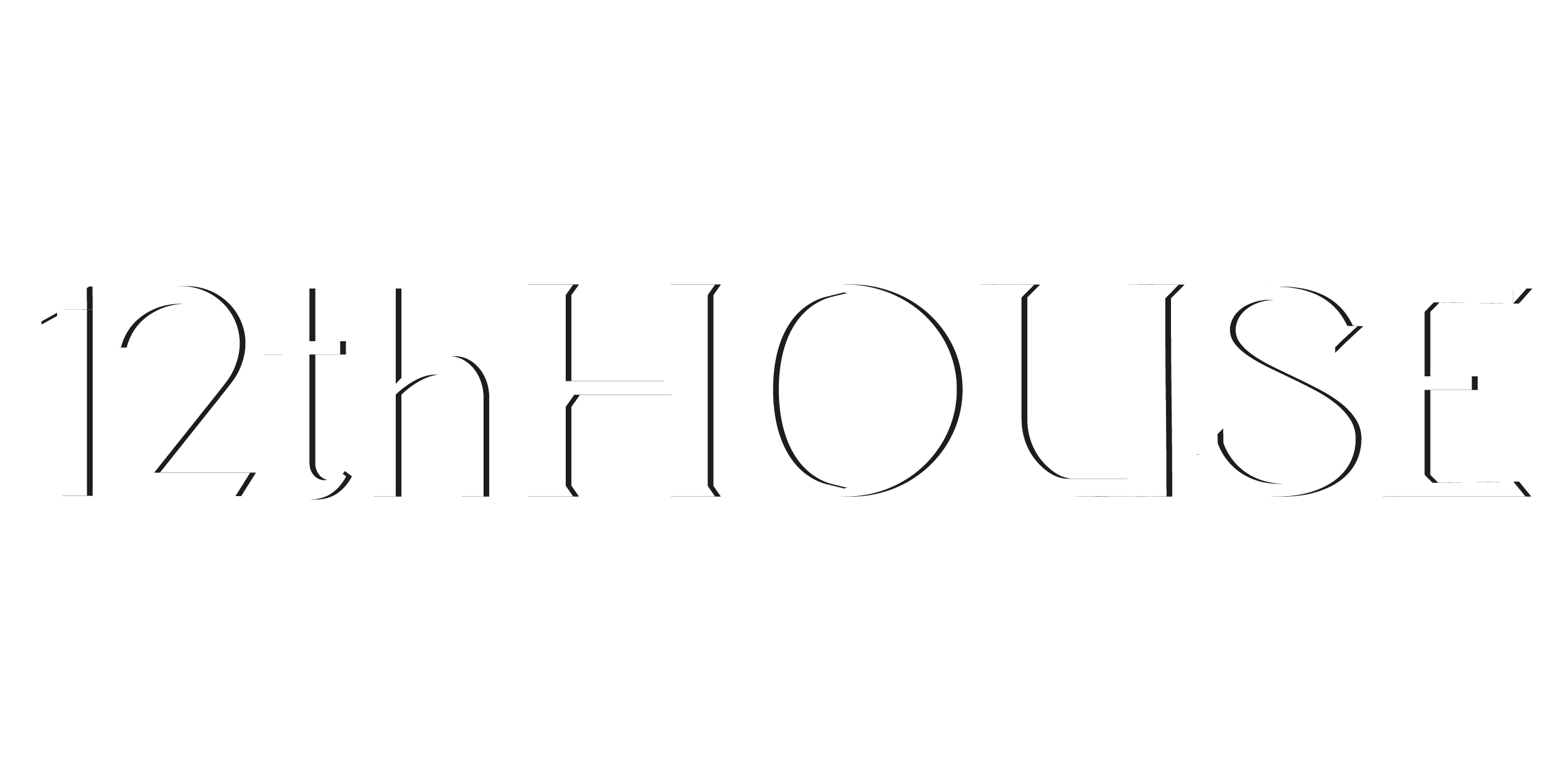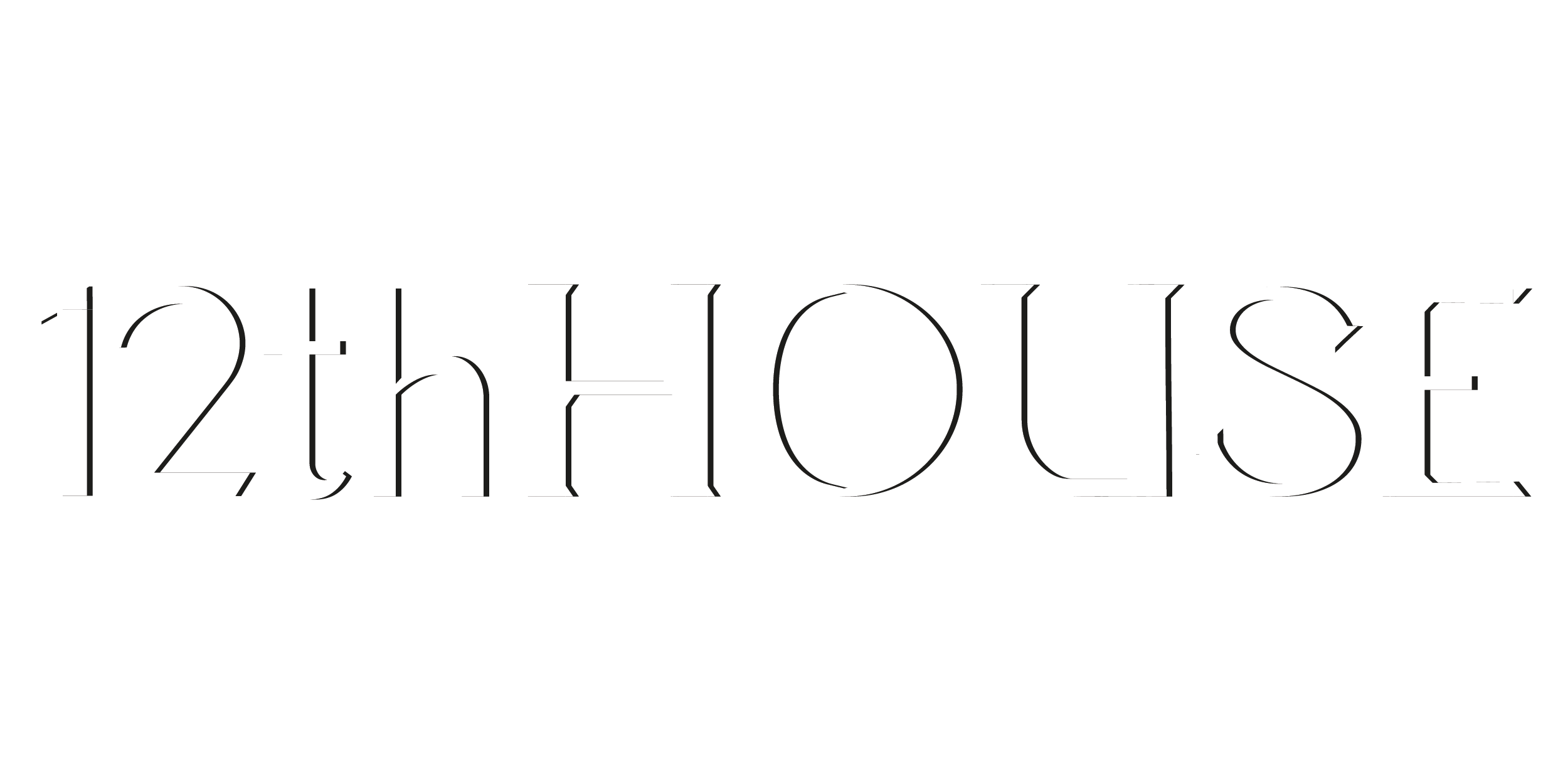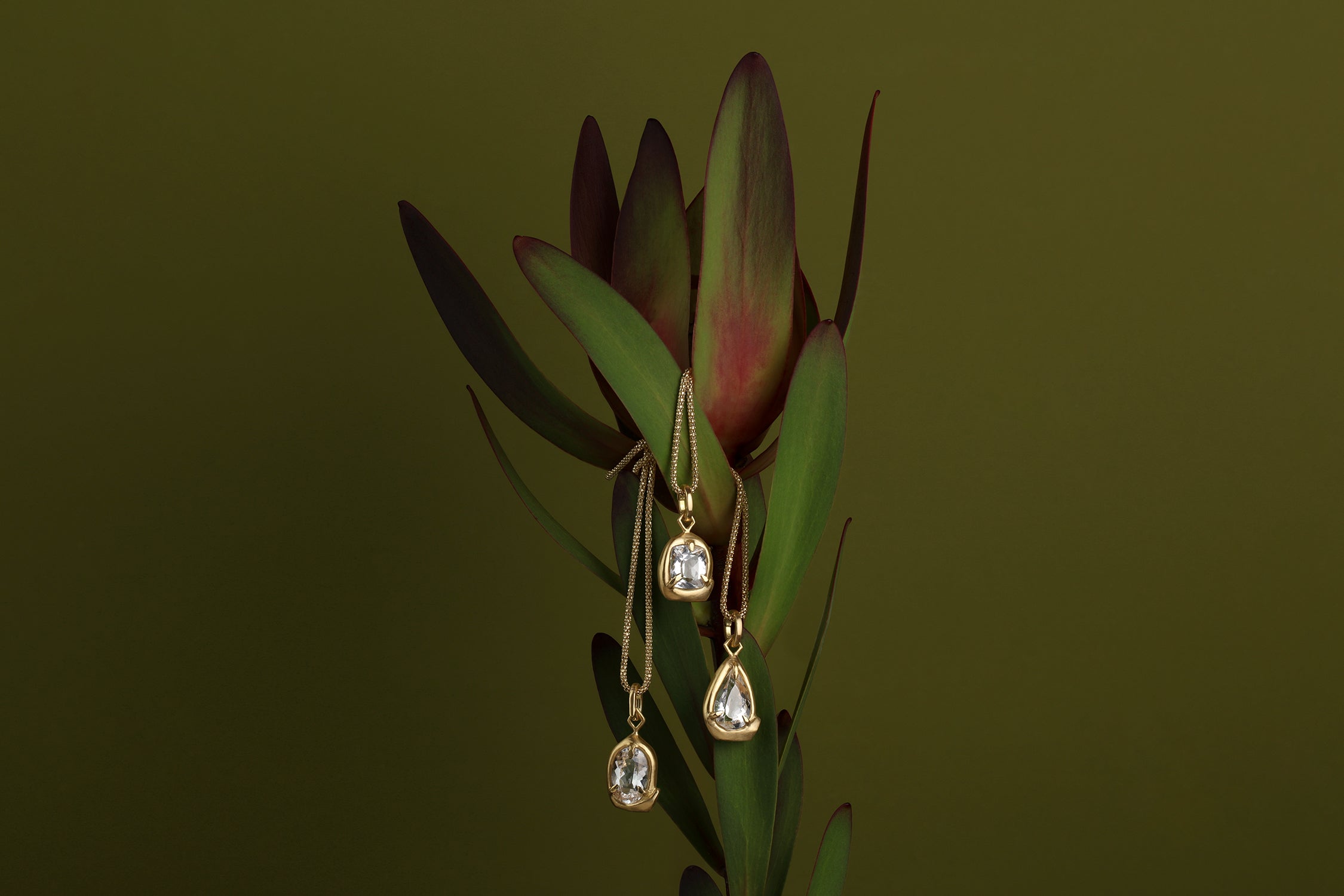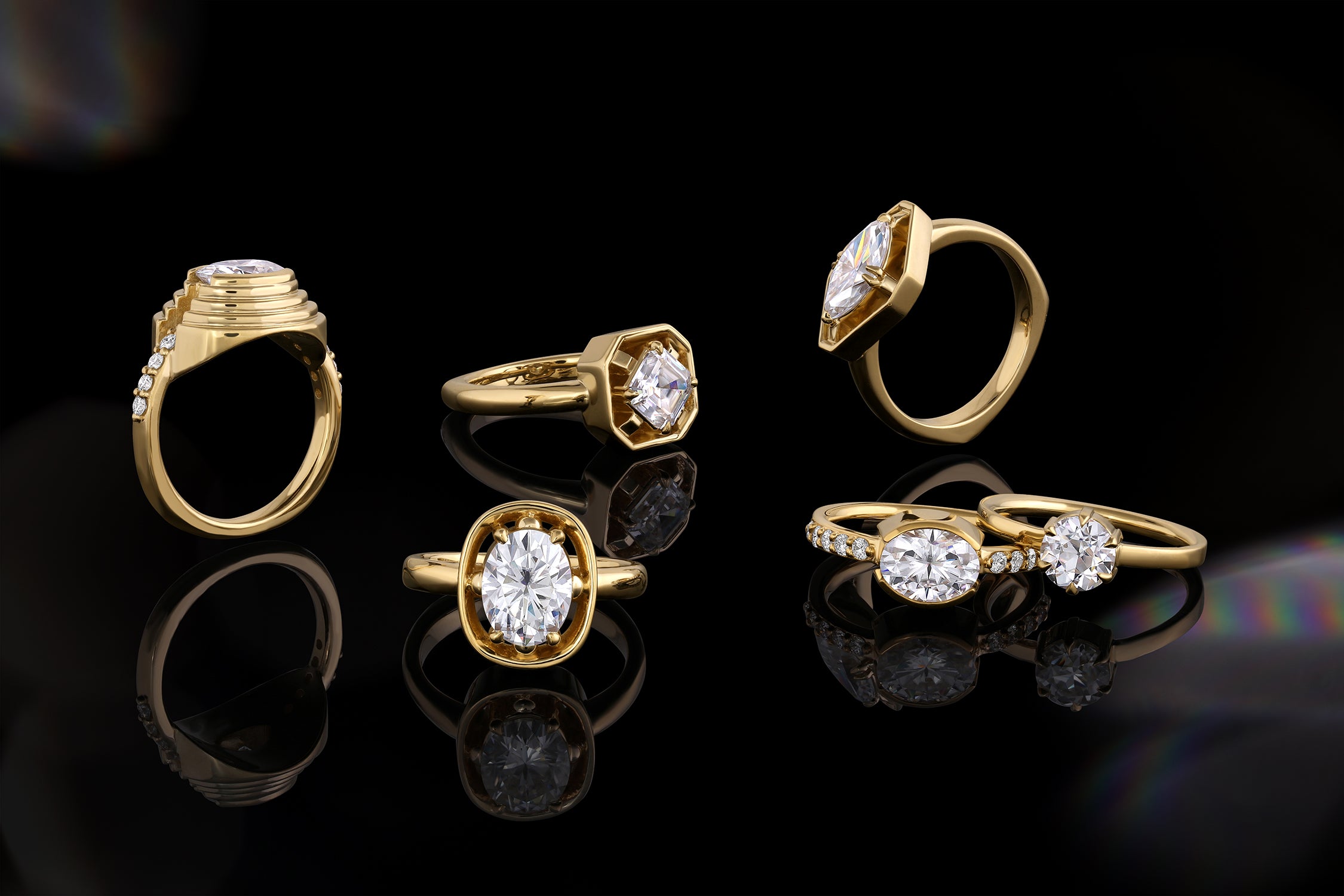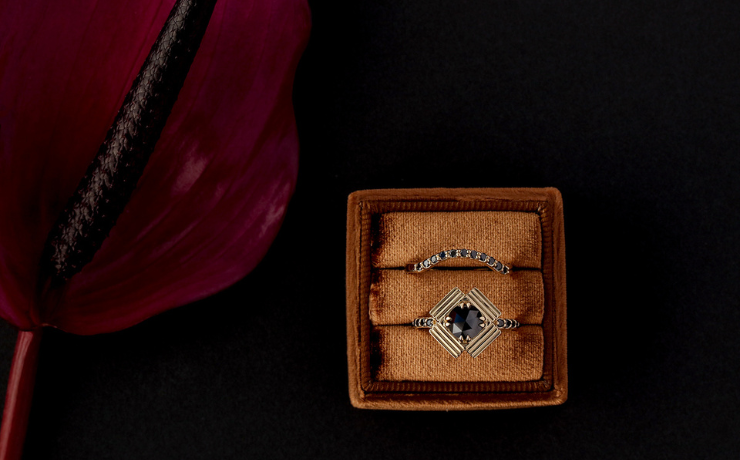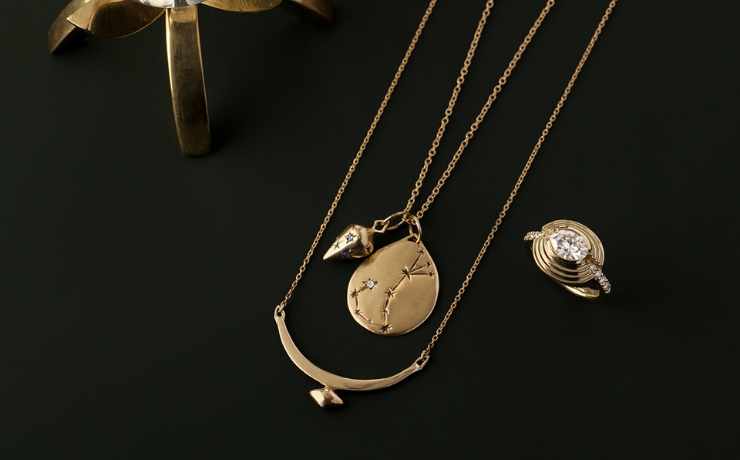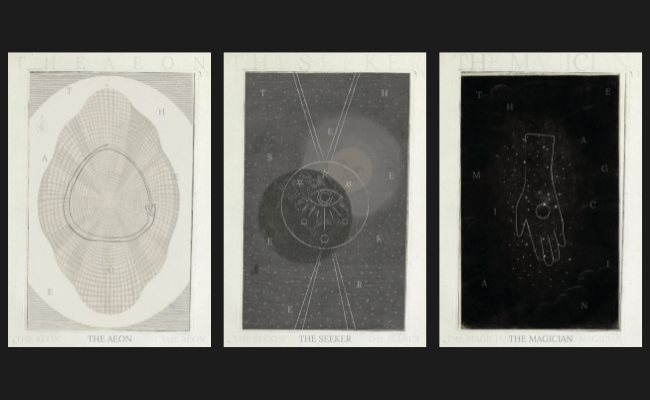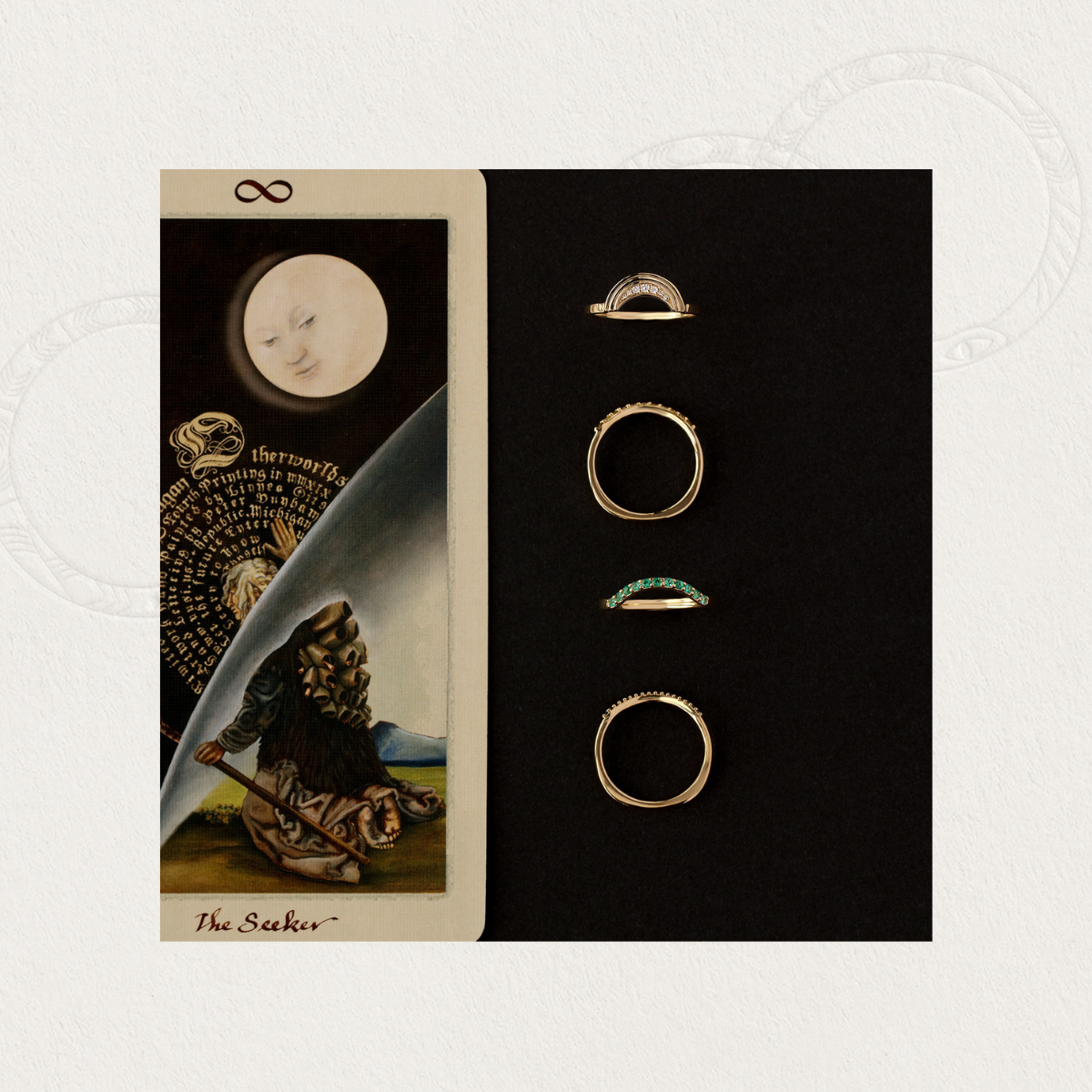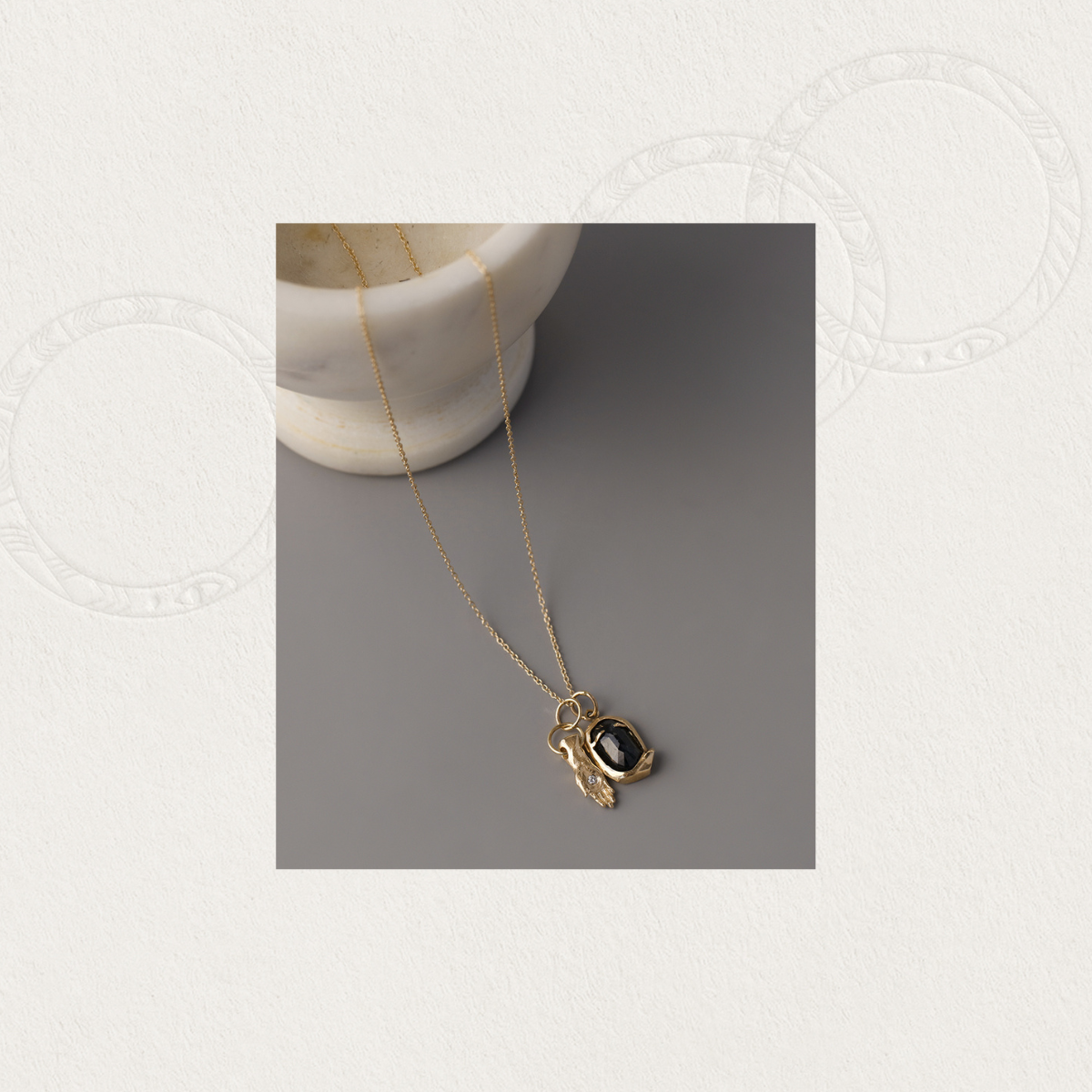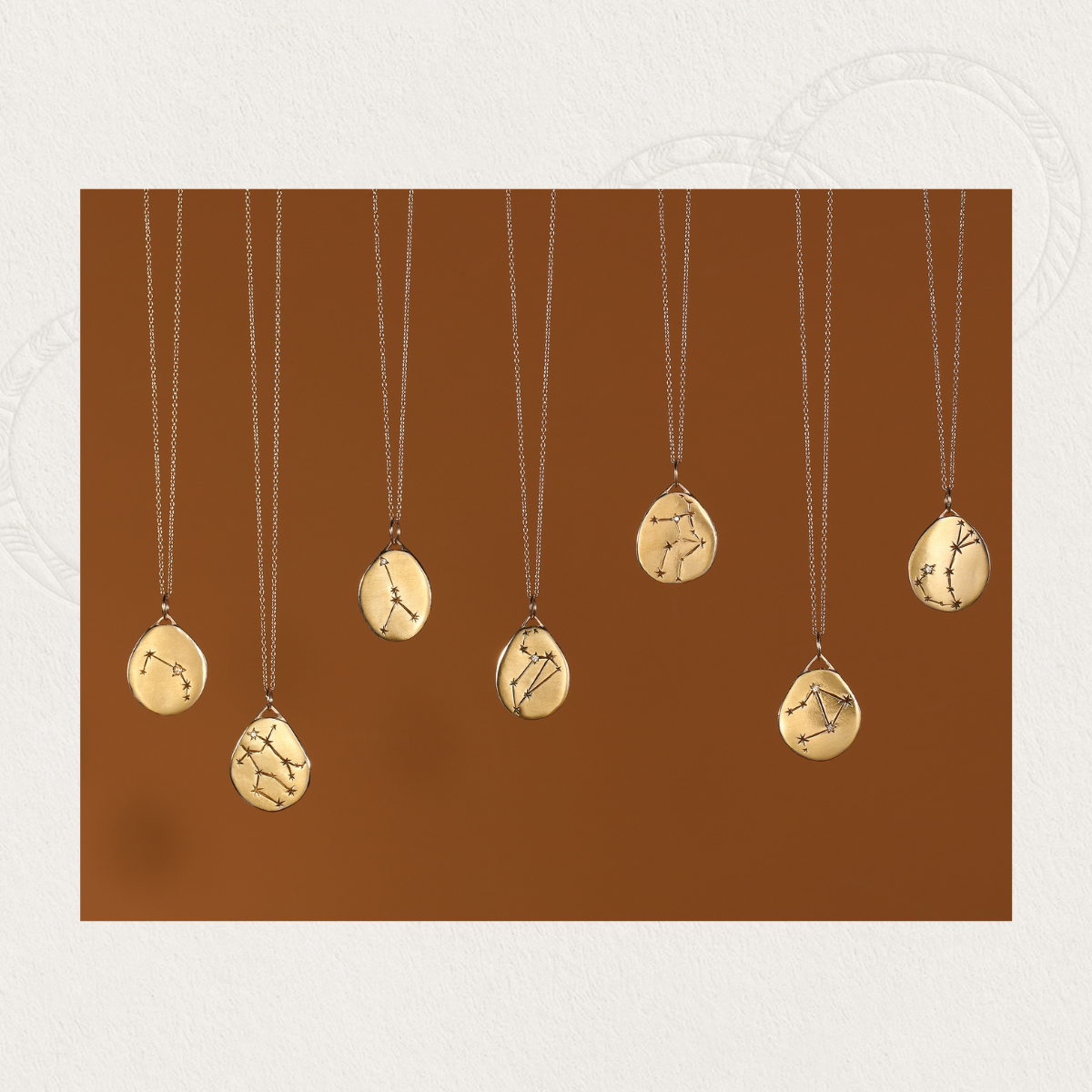
Exploring Jungian Archetypes: An Introduction to the Collective Unconscious
[article synopsis: Carl Jung, a renowned psychiatrist and psychoanalyst, introduced the concept of the collective unconscious, which is a shared part of the psyche that contains archetypes inherited from past generations. These archetypes are universal patterns or themes that can be observed in the myths, dreams, and literature of all cultures and influence behavior and personality. Understanding and becoming aware of these archetypes can help an individual gain a deeper understanding of themselves and their place in the world. The collective unconscious is thought to be the source of inherited instincts and behaviors and constantly influences our thoughts, feelings, and actions.]
Exploring Jungian Archetypes: An Introduction to the Collective Unconscious
Carl Jung, a pioneering psychiatrist and psychoanalyst, developed the concept of the collective unconscious, a part of the psyche shared by all humans that contains archetypes inherited from previous generations. These archetypes are universal patterns or themes that influence behavior and personality, and can be observed in the myths, dreams, and literature of all cultures. Understanding and becoming aware of these archetypes can help an individual gain a deeper understanding of themselves and their place in the world.
Jungian archetypes are patterns or themes that are present in the collective unconscious, as proposed by psychiatrist Carl Jung. Jung believed that these archetypes are inherited unconscious ideas and are present in the collective unconscious of humanity. Jung identified a number of archetypes, including the Self, the Anima and Animus, the Shadow, the Persona, the Great Mother, the Father, the Wise Old Man, and the Hero.
The Self is the central archetype and represents the unconscious mind as a whole.
The Anima and Animus represent the feminine and masculine aspects of the psyche, respectively.
The Shadow is the dark, unconscious part of the psyche that contains all of the repressed thoughts, feelings, and behaviors that an individual is not aware of or is unwilling to acknowledge.
The Persona is the mask or public image that an individual presents to the world.
The Great Mother is the maternal figure who represents nurturing, caring, and protection.
The Father represents authority, structure, and rules.
The Wise Old Man represents wisdom and guidance.
The Hero represents bravery and the struggle for self-actualization.
Jung believed that these archetypes are present in the dreams, myths, and literature of all cultures, and that they influence one’s behavior and personality. He believed that understanding and becoming aware of these archetypes can help one gain a deeper understanding of themselves and their place in the world.
What is the Collective Unconscious?
The collective unconscious is a term coined by Jung to describe the part of the psyche that is shared by all humans and contains archetypes that are inherited from previous generations. These archetypes are thought to be universal patterns or themes that influence behavior and personality, and are present in the myths, dreams, and literature of all cultures. Jung believed that the collective unconscious is the source of our inherited instincts and behaviors, and that it is constantly influencing our thoughts, feelings, and actions.
Jungian Archetypes: Interpreting the Collective Unconscious
Jung identified a number of archetypes that are present in the collective unconscious, including the Self, the Anima and Animus, the Shadow, the Persona, the Great Mother, the Father, the Wise Old Man, and the Hero.
- The Self is the central archetype and represents the unconscious mind as a whole. It is often depicted as a circle or mandala and is the integration of all of the other archetypes.
- The Anima and Animus represent the feminine and masculine aspects of the psyche, respectively. They are the unconscious counterparts to the persona and play a role in an individual's relationships with others.
- The Shadow is the dark, unconscious part of the psyche that contains all of the repressed thoughts, feelings, and behaviors that an individual is not aware of or is unwilling to acknowledge. It is often represented as a dark, shadowy figure.
- The Persona is the mask or public image that an individual presents to the world. It is the part of the psyche that mediates between the individual and the external world.
- The Great Mother is the maternal figure who represents nurturing, caring, and protection. It is often associated with the mother figure and is associated with the natural world.
- The Father represents authority, structure, and rules. It is often depicted as a wise and guiding figure.
- The Wise Old Man represents wisdom and guidance . It is often depicted as a mentor or advisor.
- The Hero represents bravery and the struggle for self-actualization . It is often associated with the journey or quest and is a common theme in myths and literature.
Importance of Understanding and Becoming Aware of Archetypes
Jung believed that understanding and becoming aware of these archetypes can help an individual gain a deeper understanding of themselves and their place in the world. By exploring and interpreting the archetypes present in their own psyche, an individual can gain insight into their own behavior and personality and can work towards achieving a greater sense of self-actualization.
There are many more distinctive archetypes beyond these listed above, ones that are very aligned with Magic, that we have selected to work with in creating our talisman collection. Take our quiz which talisman aligns sign your energetic archetype here.
The Rebel, Magician, Creator, Innocent, and Explorer archetypes are all unique and distinctive within the spectrum of Jungian archetypes. Each of these archetypes represents a specific aspect of the human psyche and has the potential to influence an individual's thoughts, feelings, and actions in unique ways.
The Rebel archetype represents the desire to challenge the status quo and break free from rules and limitations. Those with a strong rebel archetype may be rebellious, nonconformist, and independent, and may often feel the need to defy authority or challenge traditional beliefs and values.
The Magician archetype represents the power of transformation, creativity, and imagination. Those with a strong magician archetype may be skilled at using their creativity and imagination to bring about change and may be drawn to fields that allow them to use their skills to make a difference.
The Creator archetype represents the desire to create and innovate. Those with a strong creator archetype may be driven to create new things and may have a natural ability to think outside the box and come up with creative solutions to problems.
The Innocent archetype represents the potential for growth, innocence, and creativity. Those with a strong innocent archetype may be childlike and innocent, and may be more open to new experiences and ideas.
The Explorer archetype represents the desire to discover and learn new things. Those with a strong explorer archetype may be curious, adventurous, and always seeking new experiences and knowledge. They may be drawn to travel, exploration, and discovery, and may have a natural curiosity and desire to learn about the world around them.
Jung and the 12th House in Astrology: The Connection Between the Collective Unconscious and Spiritual Growth
Jung's philosophy of the collective unconscious and the concept of archetypes has had a significant influence on the field of astrology, particularly in relation to the 12th house.
In astrology, the 12th house is associated with the unconscious mind and spiritual growth. It is often referred to as the "house of the unconscious" and is associated with the spiritual and psychological aspects of an individual's life. The 12th house is also associated with self-transcendence and the integration of the unconscious into consciousness (Henry, 2015).
Jung's concept of the collective unconscious and the archetypes present within it aligns with the themes of the 12th house in astrology. The collective unconscious is a part of the psyche that is shared by all humans and contains inherited patterns and themes that influence behavior and personality (Jung, 1959). These archetypes can be observed in the myths, dreams, and literature of all cultures. Jung believed that understanding and interpreting these archetypes can be a helpful way to achieve personal growth and self-actualization. These ideas align with the themes of spiritual growth and self-transcendence that are associated with the 12th house in astrology.
Jung's philosophy of the collective unconscious and the concept of archetypes have had a significant influence on the field of astrology, particularly in relation to the 12th house. Understanding and interpreting these archetypes can be a helpful way to gain insight into the unconscious mind and to achieve personal growth and self-transcendence, as reflected by your personal planets in the 12th house.
Exploring and Interpreting Jungian Archetypes
There are several ways that an individual can explore and interpret the archetypes present in their own psyche:
- Dreams: Jung believed that dreams are a rich source of information about the collective unconscious and can provide insight into an individual's archetypes . By keeping a dream journal and reflecting on the symbols and themes present in their dreams, an individual can gain a better understanding of their unconscious mind. To keep a dream journal, you can try writing down their dreams as soon as you wake up in the morning, including as much detail as possible. You can then reflect on the symbols and themes present in the dreams and consider what these might represent in your unconscious mind.
- Journaling: Writing in a journal can be a helpful way to explore and interpret archetypes. By writing about your thoughts, feelings, and experiences, you can gain insight into the archetypes that are influencing your behavior and personality. To use journaling as a way to explore and interpret archetypes, you can try setting aside time each day to write about your thoughts and feelings. They can reflect on the themes and patterns that emerge in their writing and consider how these might be related to archetypes present in your unconscious mind.
- Reading literature and myths: Jung believed that exposure to literature and myths as expressions of the collective unconscious can provide insight into the archetypes present in an individual's psyche. By reading literature and mythology from different cultures and reflecting on the archetypes present in them, you can gain a better understanding of your own archetype. To use literature and mythologies as a way to explore and interpret archetypes, you can try selecting a piece of literature from a culture that is unfamiliar and meditate on the archetypes present in the story.
- Seeking the guidance of a therapist or coach: Working with a therapist or professional coach trained in Jungian psychology can be a very helpful way to explore and interpret your personal archetypes. These professionals can provide support and guidance as you work to understand and integrate your archetypes. To work with a therapist or coach to explore and interpret archetypes, you can try seeking out a professional who has specific training in Jungian psychology.
Exploring and interpreting the archetypes present in the collective unconscious can be an amazing way for you to gain a deeper understanding of yourself and your place in the world. By using methods such as keeping a dedicated dream journal, writing in a personal journal, reading literature and myths, or even seeking the guidance of a Jungian therapist or coach, you can gain insight into the archetypes that are influencing your behavior and personality. Understanding, unpacking and interpreting these archetypes can be a powerful way to achieve personal growth and self-actualization.
Jungian Symbolism in Art: A Journey into the Collective Unconscious
Jungian symbolism in art refers to the intentional use of symbols and archetypes in art that are inspired by the ideas of Carl Jung and his philosophy of psychology. Jung believed that symbols and archetypes are present in the collective unconscious, a part of the psyche shared by all humans that contains inherited patterns and themes that influence behavior and personality. He believed that these symbols and archetypes can be observed in the myths, dreams, and literature of all cultures as part of our human experience.
Jungian symbolism in art often uses symbols and archetypes as a way to represent and trigger the unconscious mind. These symbols and archetypes can be used to depict the inner psychological states of the artist, as well as to explore universal themes and ideas that are present in the collective unconscious.
One example of Jungian symbolism in art is the use of the mandala, a circular symbol that represents the integration of all aspects of the psyche . Mandalas are often used in art as a way to represent the process of self-discovery and personal growth . Other common symbols and archetypes that are used in Jungian symbolism in art include the anima and animus, the shadow, the persona, and the great mother.
One example of a painting that incorporates Jungian symbolism is "The Red Book" by artist and author C.G. Jung. The Red Book is a beautifully illuminated manuscript that Jung created over a period of several years, and it serves as a record of his journey into the depths of his own psyche. The paintings in The Red Book are filled with vivid and symbolic imagery that reflects Jung's inner world and his exploration of the collective unconscious.
For example, one painting in The Red Book depicts a figure standing in front of a massive, red door, representing the threshold between the conscious and unconscious mind. The door is adorned with intricate, symbolic designs that represent Jung's personal and collective unconscious. The figure in the painting is shown reaching out towards the door, suggesting a desire to understand and explore the deeper aspects of the psyche.
Another painting in The Red Book depicts a tree with branches reaching out in all directions, representing the interconnectedness of all things and the idea that the unconscious is a collective experience shared by all humans.
The Red Book is a rich source of Jungian symbolism and serves as a testament to Jung's deep exploration of the human psyche.
Jungian symbolism in art can be found in a wide range of art forms, including painting, sculpture, literature, and film. Many artists have been inspired by Jung's ideas and have used Jungian symbolism in their art as a way to explore and express their unconscious mind and to depict universal themes and ideas.
One example of a work of art that incorporates Jungian themes is the painting "The Dream" by Henri Matisse. This painting depicts a woman who is reclining on a couch, lost in thought or sleep. The woman is surrounded by a rich, dreamlike environment filled with plants, animals, and other symbols of the unconscious mind.
In Jungian psychology, dreams are seen as a way for the unconscious to communicate with the conscious mind, and the symbols and themes that appear in dreams are believed to be connected to the collective unconscious. Matisse's painting "The Dream" captures this idea by depicting a woman who is immersed in a dreamlike world filled with symbolic imagery.
Some of the Jungian symbols that can be found in this painting include the plants, which represent growth and renewal, and the animals, which represent the instinctual and primal aspects of the psyche. The woman's relaxed posture and peaceful expression suggest that she is at ease in this dreamlike world, and the vibrant colors and fluid lines of the painting add to the overall sense of dreamlike reverie.
It is a beautiful and evocative depiction of the unconscious mind and the role that dreams play in our lives.
The art of Tarot cards often depict archetypes, such as the fool, the magician, and the high priestess, which can be seen as representing different aspects of the collective unconscious. The imagery and symbolism in tarot cards can also be interpreted in terms of Jungian concepts such as the shadow, the Anima and Animus, and the Self.
For example, the tarot card known as "The Tower" can be interpreted through a Jungian lens as representing the ego and the conscious mind, and the challenges and obstacles it faces. Similarly, the tarot card known as "The Empress" can be interpreted as representing the feminine aspect of the psyche, or the anima.
In Jungian symbolism, the tower is often seen as a symbol of the ego and the conscious mind. It represents the structure and stability that the ego provides, but also the limitations and constraints that it can impose. The turbulent sea and dark sky surrounding the tower suggests that the ego is facing challenges and obstacles, and the chaotic interior of the tower suggests that the ego is struggling to maintain control.
Jungian symbolism in art is a powerful way to explore and express the unconscious mind and to depict universal themes and ideas that are present in the collective unconscious. By interpreting and exploring Jungian symbolism in art, you can gain a deeper understanding of your own unconscious mind and the archetypes present within it, as well as a greater appreciation for the ways in which art can be used to express and explore psychological states and universal themes.
Exploring the Collective Unconscious and Jungian Archetypes
In conclusion, the concept of the collective unconscious and the many archetypes present within it are a fundamental and fascinating aspect of Carl Jung's philosophy. By understanding and interpreting these archetypes, you can gain a deeper appreciation of yourself and your personal power, as well as achieve a greater sense of self-actualization and personal growth. This concept of collective unconscious has had a significant influence on the field of psychology, as well as the Visual Arts and Astrology. By recognizing and interpreting Jungian symbolism in fine art, you can gain a deeper appreciation for the ways in which art can be used to explore psychological states and universal themes. Additionally, Jung's philosophy has had a significant influence on the field of Astrology, particularly in relation to the 12th house, which is associated with the unconscious mind, spiritual growth, symbolism and self-transcendence. By exploring and interpreting the archetypes present in the collective unconscious, you can gain a rich appreciation of the universal language of symbolism, the human experience and self-transcendence.
Reference list:
Henry, A. (2015). The astrology bible: The definitive guide to the zodiac. London, UK: Flame Tree Publishing.
Jung, C.G. (1959). The archetypes and the collective unconscious. Collected Works of C.G. Jung, Volume 9, Part 1. Princeton, NJ: Princeton University Press.
Jung, C. (1959). The archetypal images. Collected Works of C.G. Jung, Volume 9, Part 1. Princeton, NJ: Princeton University Press.
Jung, C.G. (2009). The Red Book (Liber Novus). Edited by Sonu Shamdasani. Translated by Mark Kyburz, John Peck, and Sonu Shamdasani. New York, NY: W.W. Norton & Company.
